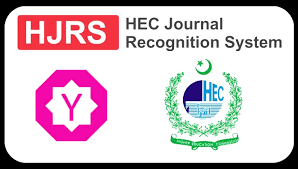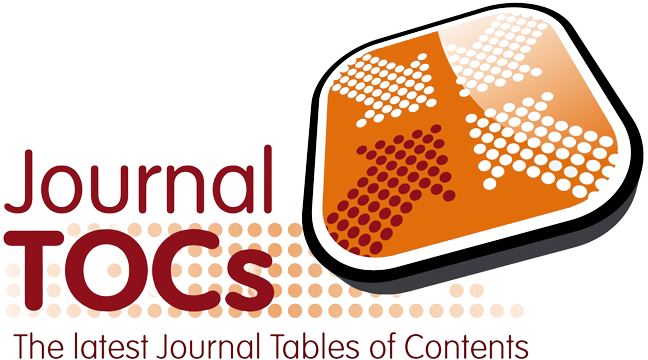Article | Open Access | Published: 31 May 2005
Labor Market Outcomes of Education: Evidence for Selected Non-OECD Countries
| Views: | 15 | | | Downloads: | 9 |
Abstract:
Based on recent data collected by the UNESCO Institute of Statistics and the OECD in the context of their joint “World Education Indicators” project, labor market outcomes of education can be reassessed for selected non-OECD countries (Brazil, Chile, Indonesia, Malaysia, Peru, Thailand and Uruguay) integrating particularly interesting characteristics of developing country labor markets such as high underemployment and informal sector employment. These specific data, available by level of educational attainment, gender and age, have not yet been published and are presented for the first time within this report. Based on the new information available, some light can be shed on ongoing discussions about perceived differences between OECD and non-OECD countries with respect to labor market outcomes of education. In fact, once the important characteristics of underemployment and informal sector employment are taken into account, the link between education and labor market prospects no longer differs significantly between the two country groups. In both groups, employment prospects, earnings and labor market participation tend to be positively related to the level of educational attainment. Across all levels of education, young people and women tend to be in the most unfavourable situation. However, gender discrepancies with respect to employment prospects appear to be more important in non-OECD than in OECD countries, and no structural trend can be observed that would indicate an improvement of the situation over time.
Keywords:
UNESCO, OECD, World Education Indicators, developing country, labor markets
Publisher:
ILMA UNIVERSITY
Published:
31 May 2005
Issue:
Issue 1 : Volume 1
E-ISSN:
2409-6520
P-ISSN:
2414-8393
This is an open access article distributed under the terms of the Creative Commons Attribution CC BY 4.0 license, which permits any use, distribution, and reproduction of the work without further permission provided the original author(s) and source are credited.
















